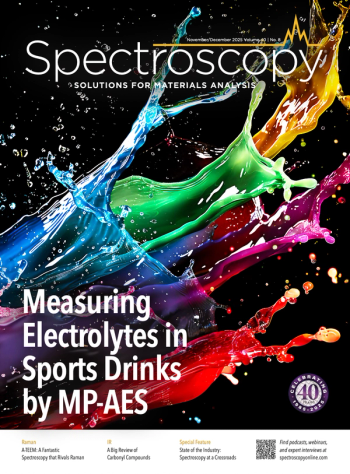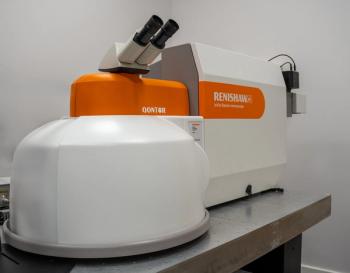
Spectroscopy in Space: Hubble and the Cosmic Origins Spectrograph
In an upcoming spacewalk, shuttle astronauts will swap the Corrective Optics Space Telescope Axial Replacement (COSTAR) device for the new Cosmic Origins Spectrograph (COS).
A popular topic in the news this week is the activity of the Space Shuttle Atlantis, which is on the first mission to the Hubble Space Telescope since 2002. Five spacewalks have been planned for the mission (the first one, which took place yesterday [May 14], lasted over 7 hours).
In an upcoming spacewalk, astronauts will swap the Corrective Optics Space Telescope Axial Replacement (COSTAR) device for the new Cosmic Origins Spectrograph (COS). COSTAR is the device that corrected Hubble’s original blurred vision during the first servicing mission. Since all of Hubble’s instruments after that point were designed with the correction built in, COSTAR is no longer needed.
COS is designed for ultraviolet spectroscopy and will be used to study such areas as galaxy evolution, the formation of planets and the rise of the elements needed for life, and the cosmic web of gas between galaxies. COS will improve the telescope’s sensitivity at least 10 times in UV light and up to 70 times when looking at extremely faint objects.
COS has two channels: the far ultraviolet (FUV) channel, covering wavelengths from 115 to 177 nm, and the near ultraviolet (NUV) channel, covering wavelengths of 175 to 300 nm.
COS’s streamlined design limits the number of times light bounces off a surface before it hits a detector, increasing the amount of light that enters the detector. COS is best at observing points of light like stars and quasars.
During this mission, NASA also plans to make repairs to the Space Telescope Imaging Spectrograph (STIS), which suffered a power failure in 2004, and to the Advanced Camera for Surveys (ACS), which was hit by an electrical short in 2007.
The repairs and upgrades to Hubble are expected to enable the telescope to continue to make important astronomical discoveries for at least the next 5 years. This will be the final shuttle mission to the Hubble, with the Space Shuttle fleet being retired after 2010.
After the work to Hubble is complete, Atlantis will boost the telescope to a higher altitude, ensuring that it survives the tug of Earth's gravity for the remainder of its operating lifetime.
Newsletter
Get essential updates on the latest spectroscopy technologies, regulatory standards, and best practices—subscribe today to Spectroscopy.



